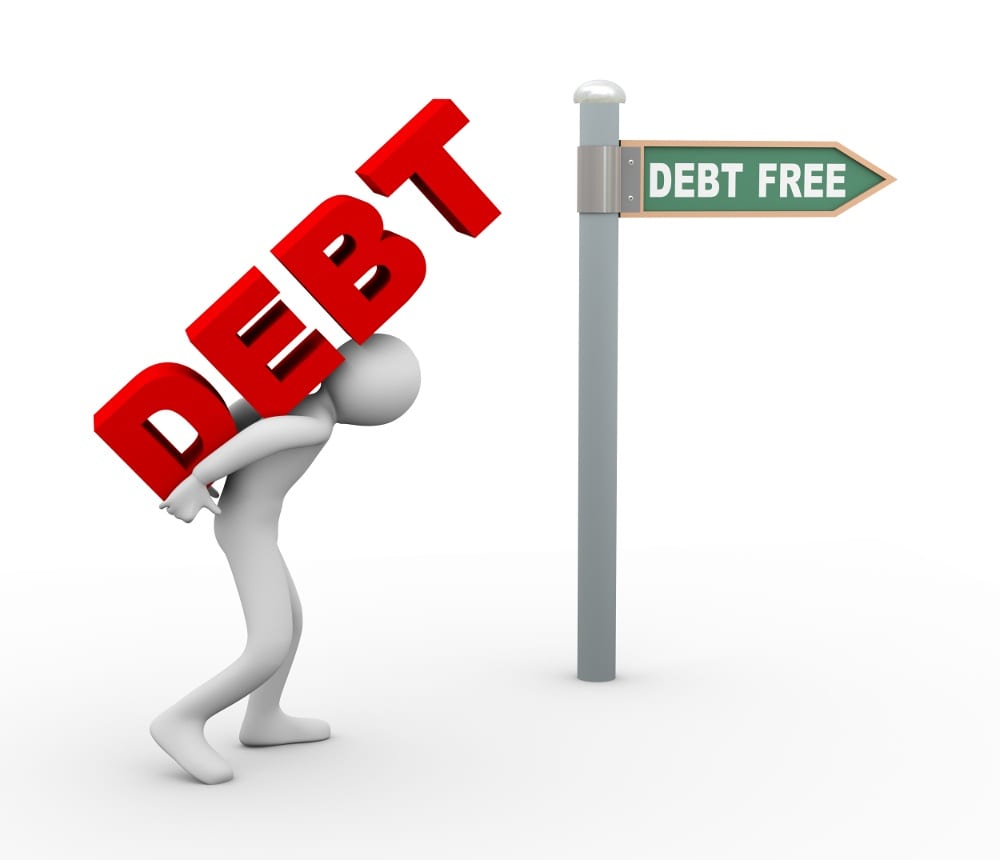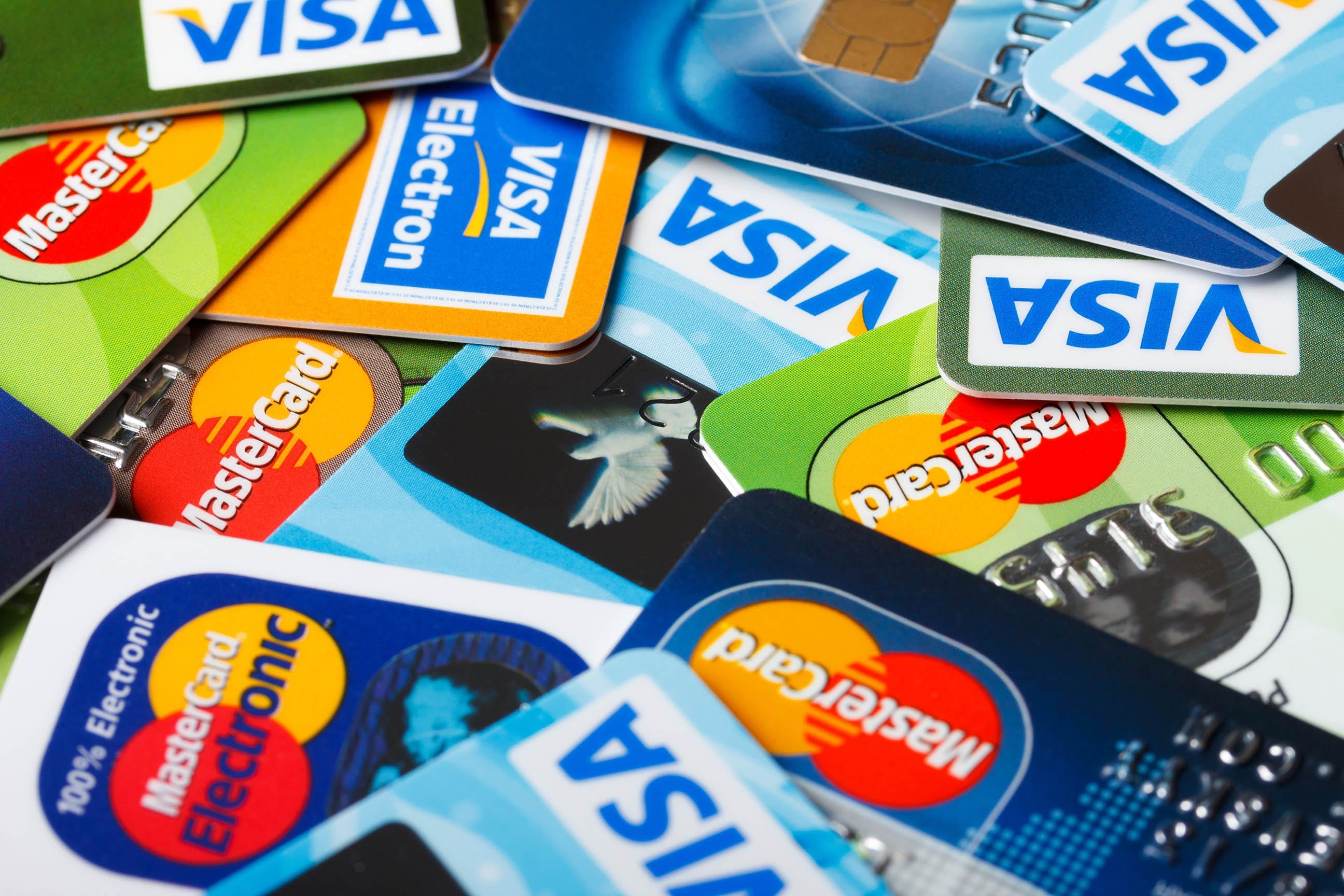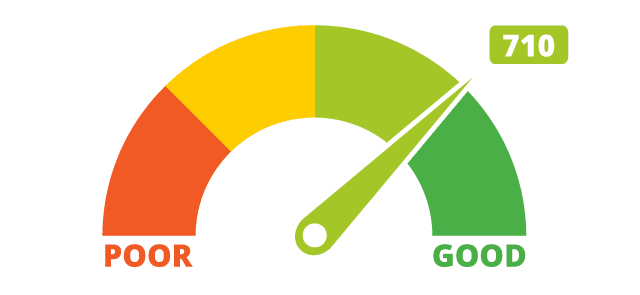Stock market for beginners often seems very discouraging. Many people believe that it’s a dangerous place to invest in, but in fact, stock market investing can be very safe, and most of the fundamental concepts can be simply applied by beginners. Understanding these concepts will enhance your decisions about stock market investing. Most people get involved in stock market investing without the sufficient knowledge, and they expect to gain large returns, but end up losing too much, this is why it’s very important to understand how the stock marker performs, and what to anticipate from it.
When you observe the stock market investing history, you will know that the investors’ emotions are their worst enemy. There were times where many individuals thought that the financial world was coming to an end, and at every single time they were significantly wrong. It is impossible to determine how the market will perform in the future. Having a good stock market investing plan will keep you calm and feeling safe during the continuous ups and downs of the stock market.
The stock market for beginners usually seem very attempting, it appears like a place where they can receive fast financial returns. Many individuals regret not investing in certain stocks after these stocks’ prices rise. One should know that he/she can make money in the stock market, but this money doesn’t usually come fast. Acting slow and calm is one way to be successful in stock market for beginners. To be successful in anything in life, you have to be patient, thus beginners should spend enough time to receive the sufficient knowledge and determine the appropriate stock trading strategy for performing successfully in the stock market.





